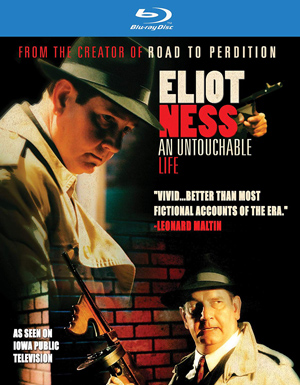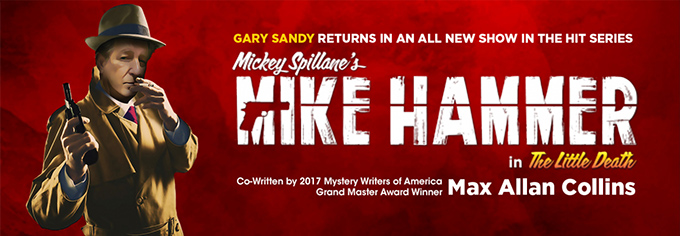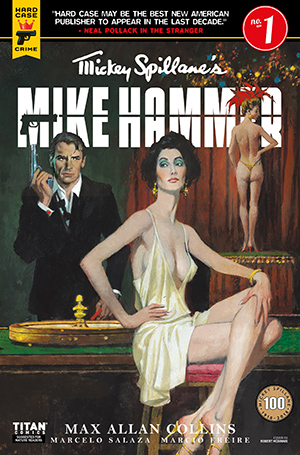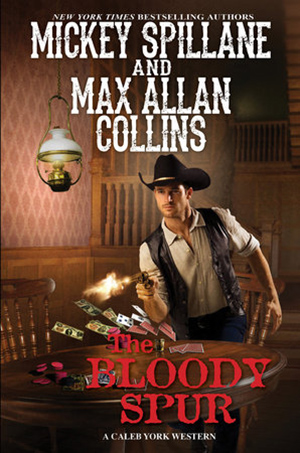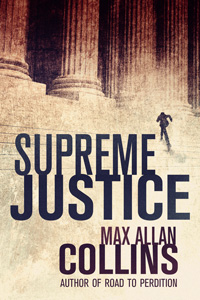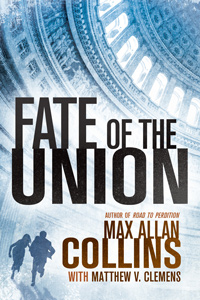I already did a brief post on Facebook about the passing of Jerry Lewis. I predicted that along with the tributes there would lots of snark, as some people feel the right moment to dis somebody is right after that person dies.
I understand Lewis was both a complicated man and an inconsistent artist. My late friend Bruce Peters used to say, “The only thing funnier than Jerry Lewis at his best is Jerry Lewis at his worst.” And there’s some truth in that. He could be such a putz when he got in self-trained intellectual mode on talk shows (Martin Short, a fellow Lewis lover, could nail that perfectly). He could be notoriously thin-skinned with interviewers and he indulged in outrageously politically incorrect humor right to the end – Barb, Nate, Abby and I saw him in St. Louis not long ago, and he told an Asian joke that was in terrible taste (but I laughed at it, because at 69 I already understand what it is to be of another era and feel the urge to make your own generation smile and younger people squirm).
But I wasn’t always 69. Once I was six, and seven, and eight, and all the ages along the way through junior and senior high school, years when at the Uptown Theater in Muscatine, Iowa, I saw every movie Jerry made. I saw many of Dean and Jerry’s movies that way, too, but also saw them tear it up on TV, manic magic as performed by no other comedy team in history. Nobody could make me laugh harder, and I still find Dean and Jerry a perfectly mismatched pair. I remember seeing Pardners and being so relieved that Dean and Jerry were obviously still pals and partners and, despite what we’d been told, would never ever split. Right up till the day Dean Martin died I was hoping for a genuine reunion of the two. They were, as I said elsewhere, the comedy Beatles.
Jerry could be cloyingly sentimental in his films. This made some otherwise interesting movies – Cinderfella, for example – occasionally unbearable. And he had a thing for clowns that misses me entirely. On the other hand, his infamous unreleased The Day the Clown Cried seems pretty good to me, based upon the clips and readings from the script that were assembled a while back, despite its legendary reputation as an embarrassing disaster. A guy who could be as overbearing as Jerry, and who represented show business at its most phony/traditional, made a great target for smug people of my generation who turned on the whole Rat Pack crowd as part of our general anti-Establishment stance.
It was easy for us to forget that Jerry was an anarchic presence in a dull decade, he and Dean perhaps the first sign of the rebellion that was to come, a bridling against the cookie-cutter post-war world that would soon know Brando and James Dean. Like Elvis and Spillane, Jerry Lewis – and in his way, Dino, too – were rebels serving up gleeful chaos even as they let us know that all was not calm beneath the pablum-paved Arthur Godfrey surface of ‘50s America.
And when the sixties kicked in – really kicked in – it was tough on Jerry. He famously considered his screen persona to be eternally nine years old, and this worked for a long, long time, because of his naturally youthful looks. But when the hippie era asserted its glassy-eyed self, and the sexual revolution changed movies, he started looking like a guy approaching middle age, and his brand of traditional show biz was soon attracting derision from the Baby Boomers who had loved him. He started making some truly dreadful movies with sex farce aspects – Three on a Couch, for example, and Way…Way Out.
And when he took on the Nazis in Which Way to the Front? (not long after Mel Brooks and The Producers), his comic timing seemed oddly off – as a director, his usual mastery of cutting was absent. And yet there are very funny moments toward the end of that generally dire film – Hitler has never been funnier, not even when Dick Shawn was playing him. Jerry’s willingness to do whatever it took to get a laugh would, even in those misjudged circumstances, shine through. Even his comeback comedy, Hardly Working, for all its sketchiness and awkward product placement, had sublime moments of Lewis hysteria, as when a porthole in an art gallery issues gushing water, with Jerry breaking the fourth wall to ask us if we’d seen that, too.
I always watched the telethons selectively. I wanted to see the parts where Jerry himself was performing or interacting with guests. (I saw the Dean Martin reunion, orchestrated by Sinatra, as it happened.) And I sat through Jerry’s excruciating yet strangely thrilling performance of “You’ll Never Walk Alone” at least a dozen times.
So, yes, he was not perfect. But I’m here to tell you that he will join the pantheon of great screen comics. He’ll rank with W.C. Fields, the Marx Brothers, Chaplin, and Keaton. He’s already outdistanced such contenders as Danny Kaye and Red Skelton (meaning no disrespect to either – I am a guy who adores the Ritz Brothers, after all). I hope Abbott and Costello will last, and Bob Hope, too (his pre-1960s comedies and the Road pictures with Crosby remain hugely entertaining). The Stooges seem impervious, which for Baby Boomers is a sweet surprise, though when we’re gone that may not continue. But I don’t think there’s any doubt that the best of Jerry Lewis will endure.
Like what, you ask?
Well, while the Martin & Lewis films don’t always capture the boys at their best, a handful do – Artists and Models (the comic book movie), Sailor Beware, You’re Never Too Young, The Caddy, Living It Up, The Stooge, Hollywood or Bust and Pardners. That’s quite a few, actually.
For Jerry at the top of his game, try The Nutty Professor, The Ladies’ Man, The Bellboy, The Patsy, and The Errand Boy, all of which he directed and co-wrote. His collaborations with Frank Tashlin are mostly worthwhile: It’s Only Money, The Disorderly Orderly, and Who’s Minding the Store among them. And of course there’s The King of Comedy.
Fanatics, like myself, have everything of Jerry’s on DVD and Blu-ray – including things you can only acquire from overseas. I even have bootlegs of the two (terrible) movies he made in France.
Nonetheless, France was right: he was a genius. Not everything I’ve said here is flattering about him, but make no mistake – I loved this man and his work. For probably twenty years I’ve dreaded the day when I would learn of his passing. I knew part of me would die with him.
So I’ll be as cloyingly sentimental as Jerry and say that he won’t be gone as long as his films are with us, including moments like this:
I am a guest of honor at Killer Nashville this weekend (Aug. 24 -27). Barb will be along, and we’ll be very active, doing scads of panels. It’s our first time at this event.
I’m receiving a life achievement “Legends” award – read about it here.
Here’s where you can get more general info about the conference/convention.
And here are the panels one or both of us are on:
Friday, Aug 25
2:20pm panel: M.A.C. Bad Boys and Girls (Hickory 20)
4:40pm signing: M.A.C.
5pm Author Readings (Birch MM)
Saturday, Aug. 26
12:30pm Road to Perdition interview; M.A.C. (Birch 34)
2pm panel: Barb; How to Write Cozy Mystery Series (Hickory 37)
3pm panel: M.A.C./Barb; Art of Collaboration (Sycamore 43)
5:10pm signing; M.A.C./Barb (Azalea S8)
7pm Awards Dinner (Birch KNA)
Sun. Aug 27
9:50am panel; M.A.C. Writing the Scene (Sycamore 49)
9:50am panel; Barb One Night: Lovers, Minor Characters (Redbud 50)
10:50am panel; Barb That’s Funny (Sycamore 54)
I have been in Nashville twice before. In 1967, to record “Psychedelic Siren” with the Daybreakers. And in 1994, to scout locations for The Expert with director Bill Lustig.
* * *
Take a look at these nice comments about Scar of the Bat, my Eliot Ness/Batman Elseworlds graphic novel, with a suggestion that it should be animated.
This nice look at Road to Perdition is, as usual, based on its being derived from a comics source.
Finally, here’s a nice review of The Pearl Harbor Murders (actually of Dan John Miller’s audio of it) with an overview of the entire “Disaster” series.
M.A.C.
